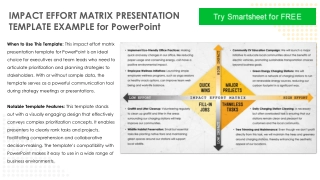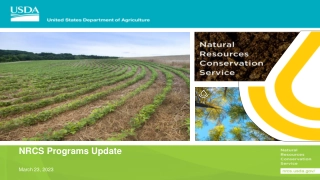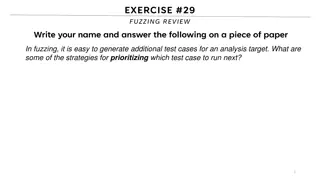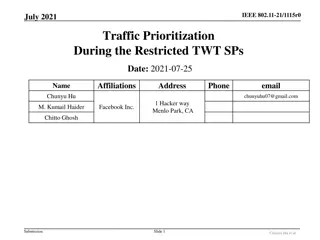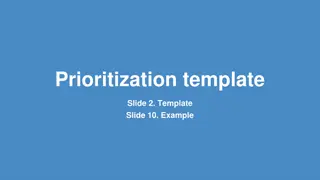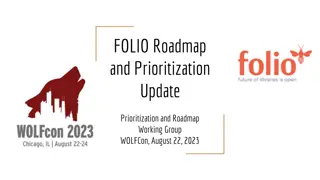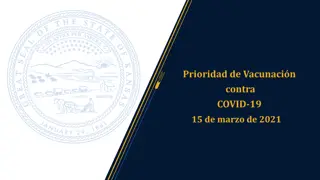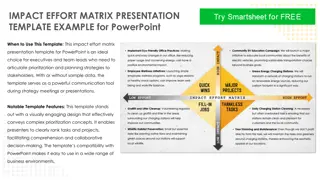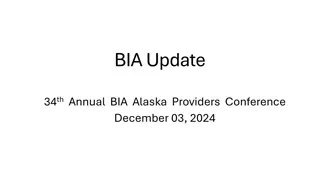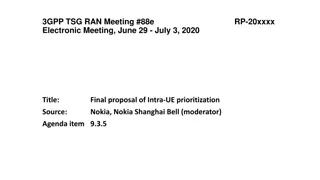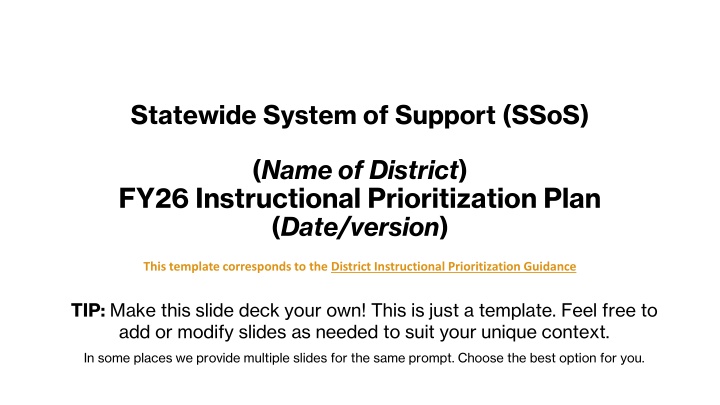
Leveraging District Data for Equity and Instructional Prioritization
Gain insights into student outcome data to identify equity gaps and prioritize instructional improvements. Explore systemic factors contributing to disparities and inform decision-making for targeted interventions.
Download Presentation

Please find below an Image/Link to download the presentation.
The content on the website is provided AS IS for your information and personal use only. It may not be sold, licensed, or shared on other websites without obtaining consent from the author. If you encounter any issues during the download, it is possible that the publisher has removed the file from their server.
You are allowed to download the files provided on this website for personal or commercial use, subject to the condition that they are used lawfully. All files are the property of their respective owners.
The content on the website is provided AS IS for your information and personal use only. It may not be sold, licensed, or shared on other websites without obtaining consent from the author.
E N D
Presentation Transcript
Statewide System of Support (SSoS) (Name of District) FY26 Instructional Prioritization Plan (Date/version) This template corresponds to the District Instructional Prioritization Guidance TIP: Make this slide deck your own! This is just a template. Feel free to add or modify slides as needed to suit your unique context. In some places we provide multiple slides for the same prompt. Choose the best option for you.
1. What is your districts highest leverage instructional priority for SY25-26? At least one priority should be focused on culturally responsive, grade appropriate instruction. Priority #1 (brief description on next page) What are the meaningful changes in educator practice that are the focus of this priority? What will be the meaningful changes students will experience in their learning because of this focus? Which specific equity and opportunity gaps will this priority address? What will be the same or different about the focus for the Instructional Priority this school year? (Is the district recommitting, adjusting, or changing direction with the priority?) OPTIONAL: Include links to any related documents such as a district strategic plan, SOA plan, etc.
1. What is your districts highest leverage instructional priority for SY25-26? Priority #1
2a. Analysis of quantitative and qualitative student outcome data: Please summarize what you learned and be sure to include themes for the district as a whole, as well as for specific schools identified as requiring assistance or intervention. Based on your analysis of quantitative and qualitative student outcome data, which student groups are currently most advantaged and most disadvantaged by current practices? Where are you seeing the greatest disparities? What data tells you this?
2a. Analysis of quantitative and qualitative student outcome data: Based on your analysis of quantitative and qualitative student outcome data, which student groups are currently most advantaged and most disadvantaged by current practices? Where are you seeing the greatest disparities? What data tells you this? Please summarize what you learned, and be sure to include themes for the district as a whole, as well as for specific schools identified as requiring assistance or intervention. Students Most Advantaged by Current Practice Districtwide - - - Students Most Disadvantaged by Current Practice Districtwide - - - Specific Schools - - - Specific Schools - - - Where are you seeing the greatest disparities?
2b. Systemic Factors contributing to Inequitable Outcomes: Based on your analysis of classroom practice, common planning time, etc, how would you assess the effectiveness of the district s current instructional support systems and practices, and how they are impacting teaching and learning? In particular, what is their impact for the highest priority schools, grades, and/or student groups? Share 2-3 headlines related to adult practice. Of these, which one system or practice will the district prioritize to address as part of implementation of this Priority this year, and why?
2b. Systemic Factors contributing to Inequitable Outcomes: Based on your analysis of classroom practice, common planning time, etc, how would you assess the effectiveness of the district s current instructional support systems and practices, and how they are impacting teaching and learning? In particular, what is their impact for the highest priority schools, grades, and/or student groups? Share 2-3 headlines related to adult practice. Analysis of Instructional Support Systems (Adult Practice) Districtwide - - - Specific Schools - - - Of these, which one system or practice will the district prioritize to address as part of implementation of this Priority this year, and why?
3. Stakeholder Engagement: How did input from students, families, educators, and community stakeholders inform this priority and the design of this plan? What input did you get from stakeholders in schools identified as requiring assistance or intervention? How will stakeholders be continuously engaged in implementation and monitoring?
4. Outcomes: What annual targets will the district use to demonstrate progress on this priority? Annual goals should be set for the aggregate and for the prioritized student group(s), and for each school identified as requiring assistance or intervention. Please identify which specific Accountability targets will be met because of focusing on this priority. (i.e. specific subjects and/or student groups) Other annual outcomes - what other data would you expect to improve as a result of focusing on this priority?
5a. Role Clarity: District It is critical that all stakeholders have a clear role related to implementation of the priority, that they understand, and for which they receive support and accountability. At a minimum, please describe the following: What the district s central office will do to support school leaders with implementation of the priority. How will the district create conditions where this work can be effective?
5b. Role Clarity: School Leaders It is critical that all stakeholders have a clear role related to implementation of the priority, that they understand, and for which they receive support and accountability. At a minimum, please describe the following: What will the school leaders do consistently to support teacher practice?
5c. Role Clarity: Teachers It is critical that all stakeholders have a clear role related to implementation of the priority, that they understand, and for which they receive support and accountability. At a minimum, please describe the following: What will teachers do consistently to support student learning and achieving the desired outcomes?
6. Monitoring Implementation: What 2-4 high-leverage interim benchmarks will you track throughout the year at both the district and school level to know if your collective actions are resulting in the desired changes in adult practice and student learning experiences? What would you expect to see in your data that would signal that your efforts were on track, or that they need adjustment? Who will monitor those? When, and how? Interim Benchmarks (Please name both the measure and the specific look-for at both district and school level) Who will monitor these? (teams, roles, district level, school level) How often? (e.g. weekly, monthly, quarterly, or on specific dates)
7. Resources: What partnerships, programs, or resources will the district leverage to implement this priority? Briefly describe any inequities in resource allocation discovered during the district s review of local district and school budgeting data, as required by ESSA and SOA planning guidelines, and describe how the district will address these inequities as part of this prioritization plan. Resources Description of resources and inequities DESE Supports Other Partners Funding Sources Staff and other resources Inequities in resources
8. Targeted Support for Priority Schools: How will the district differentiate targeted support and accelerate improvement for each of the schools identified as requiring assistance or intervention, and for any other schools that need more support with this priority? Schools to receive targeted support Description of targeted support related to the priority
If the district has a second Instructional Priority, please copy the template slides above and provide the same information for that second priority below
OPTIONAL Instructional Priority #2: Details of focusing on this priority:

